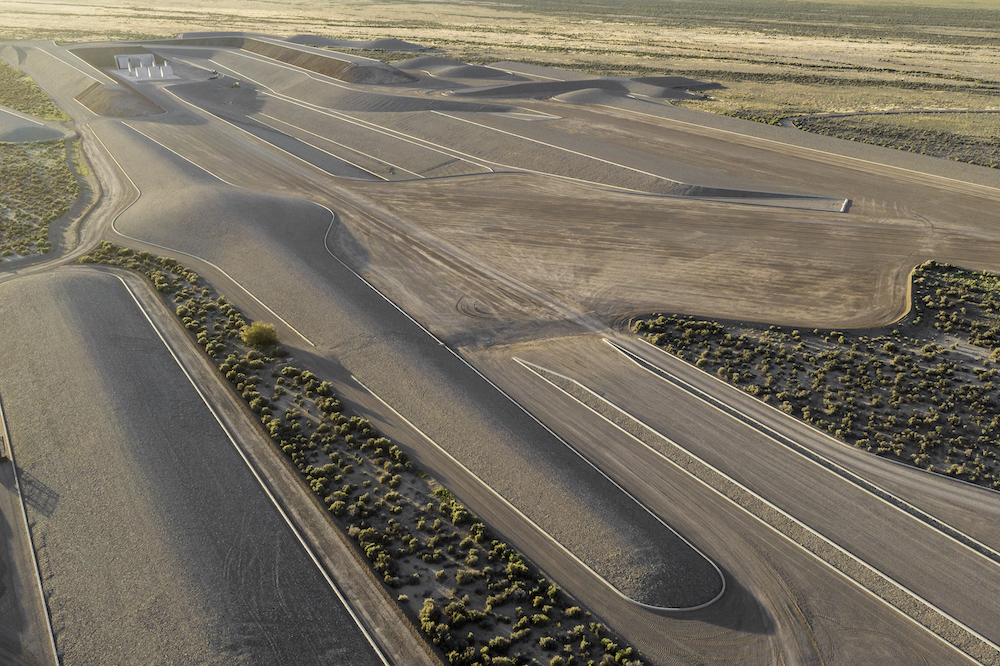
In a remote valley of central eastern Nevada, a complex of shaped landmasses and monolithic structures is thought to be the largest sculpture in the world. Composed of rocks, compacted dirt, and concrete, a mile and a half long and half a mile wide, Michael Heizer’s City is a vast work of Land Art.
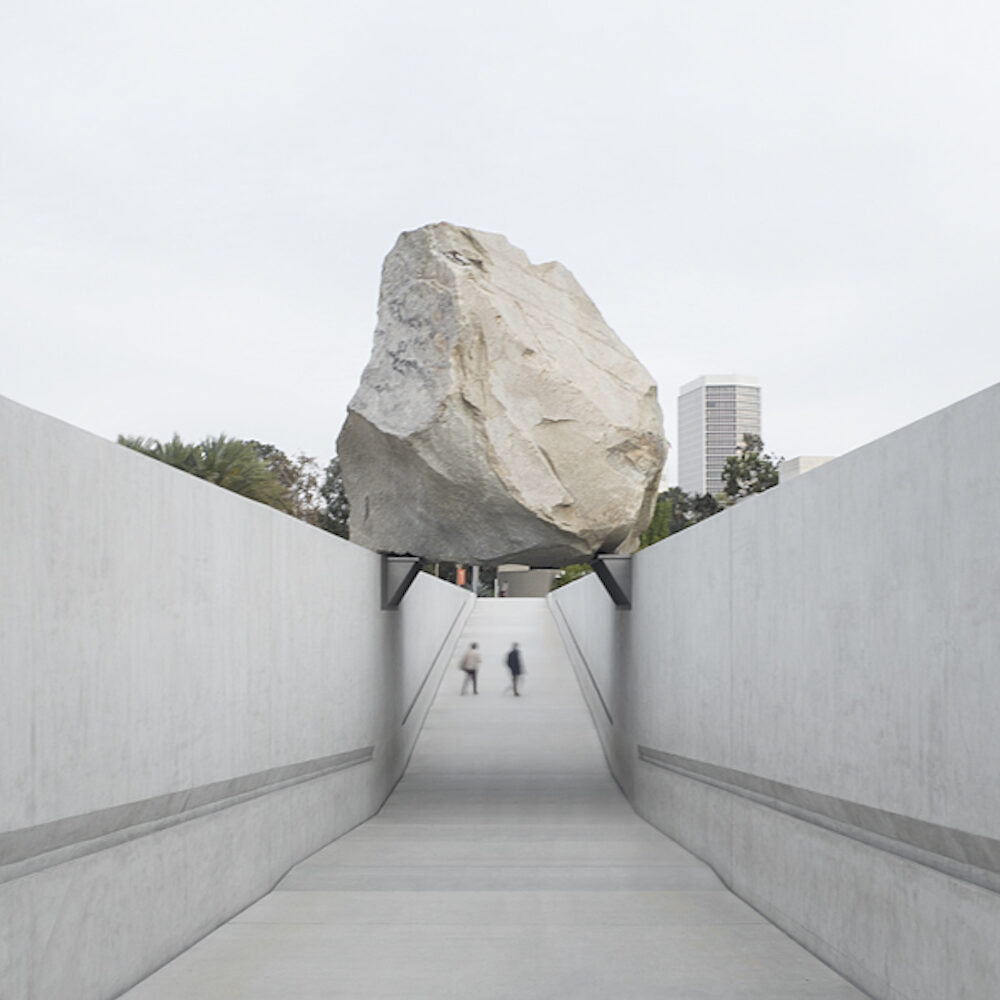
Since the late 1960s Heizer has made monumental sculptures and earthworks. At the Los Angeles County Museum of Art, his Levitated Mass is a 340-ton granite boulder carefully engineered to rest above a concrete slot that is 15 feet deep and 456 long.
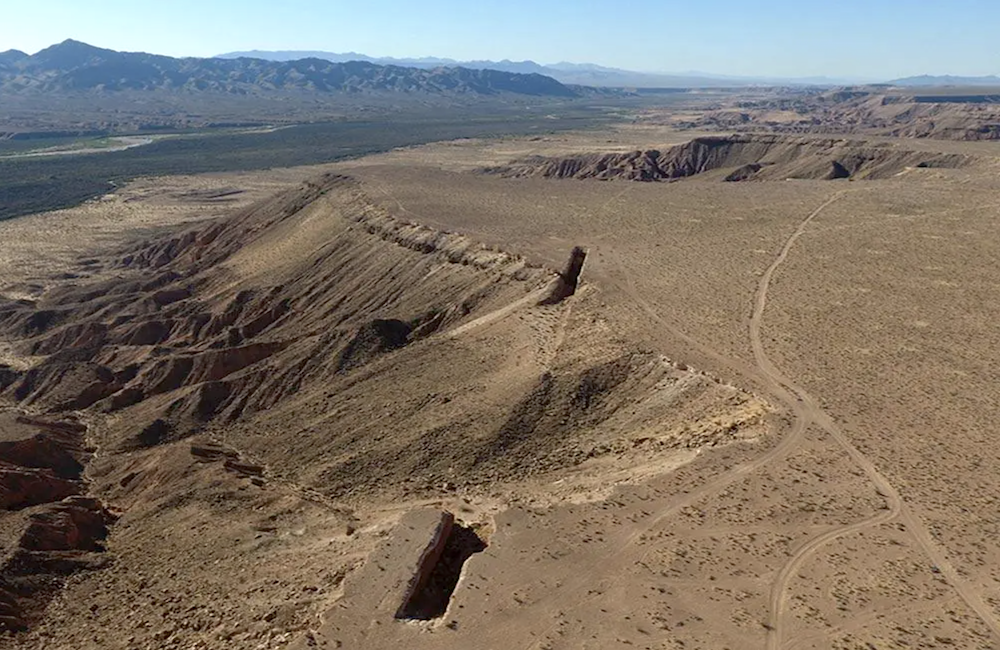
In Nevada’s Moapa Valley, Double Negative is formed by two deep trenches cut into the upper rim of a natural canyon. He removed 240,000 tons of sandstone to make a gap in the earth that is 30 feet wide, 50 feet deep, and 1,500 feet long, both creating and spanning negative space.
“There is nothing there, yet it is still a sculpture.” – Michael Heizer

Heizer began working on City in 1970, acquiring isolated land in the desert and shaping it with local rocks, clay, and sand. The project grew to 480 acres, and extended over years and then decades. Unseen while under construction, City became almost legendary, Heizer’s magnum opus. In 1998 the Triple Aught Foundation, which is now responsible for the site’s operation and preservation, was formed to help fund its construction. In 2015 the surrounding area was designated the Basin and Range National Monument, conserving 704,000 acres of undeveloped land and protecting Heizer’s work within it. After more than fifty years, City was completed in 2022.
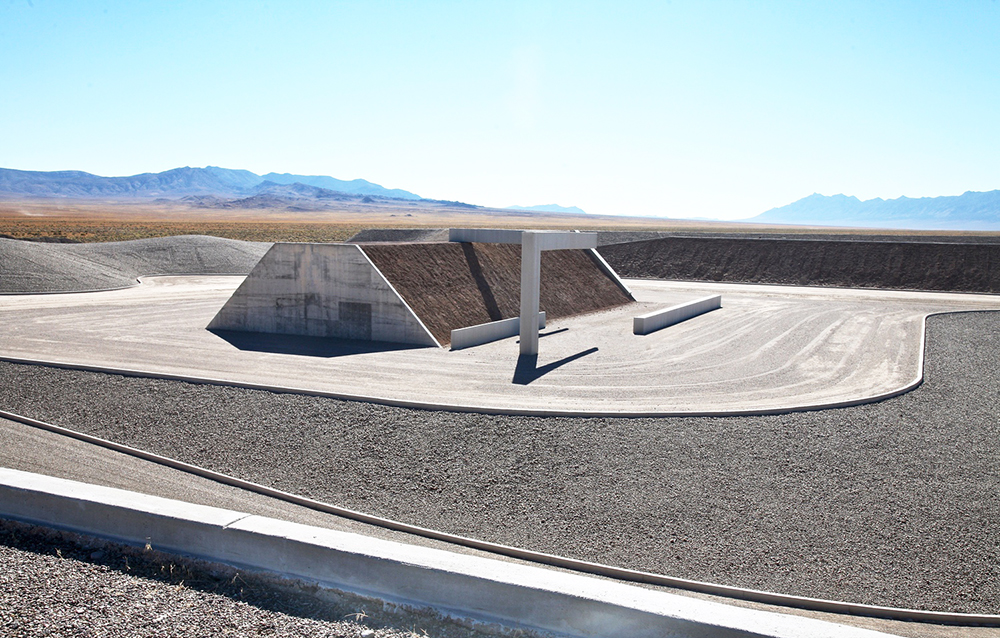
The site’s first structure, Complex One, is like a hangar or mastaba, with sloped earthen sides between vertical concrete walls. More than a mile away, 45°, 90°, 180° is an elevated plaza with rows of huge concrete triangles and wedges, an austere monument in a rectangular valley. Every inch between and around them is precisely formed and graded, comprising a singular massive earthwork.
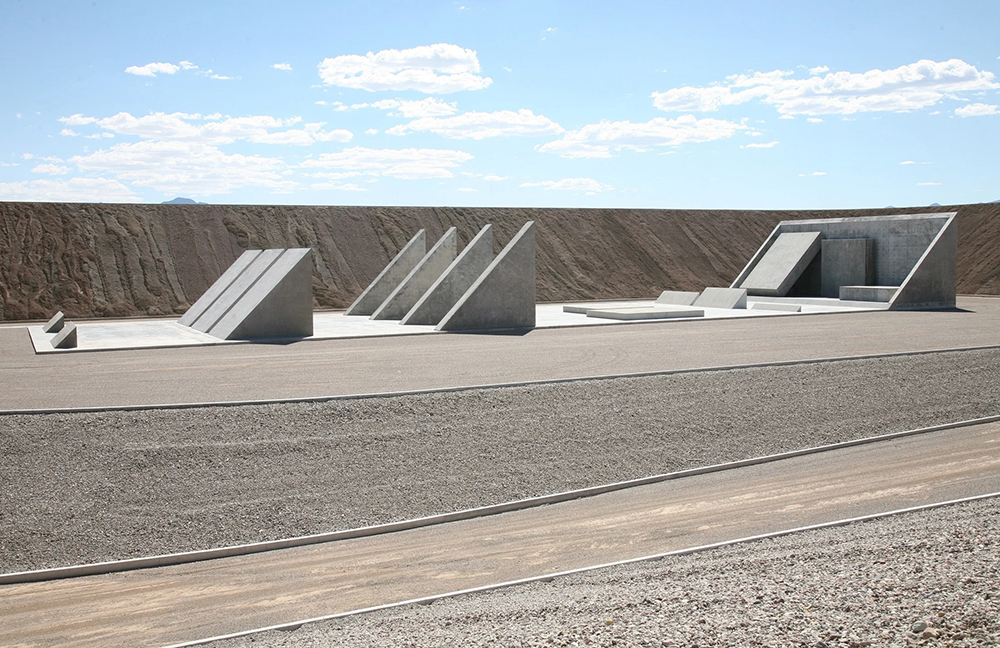
Visiting City is a difficult proposition. It is closed except to guests invited by the Triple Aught Foundation, which takes requests once a year and offers reservations for no more than six visitors a day, three days a week, only during half the year, and only with favorable weather. Guests must travel to Alamo, Nevada, 90 miles north of Las Vegas, to be picked up and transported another 60 miles to the very remote and off-road site.

Once there, visitors may explore City for about three hours. There are no signs or instructions, so they wander, returning before dark. It is far from any town, undisturbed by roads or flight paths, so visitors are subsumed by quiet and scale. Only City and the sky are visible. Photography is prohibited.
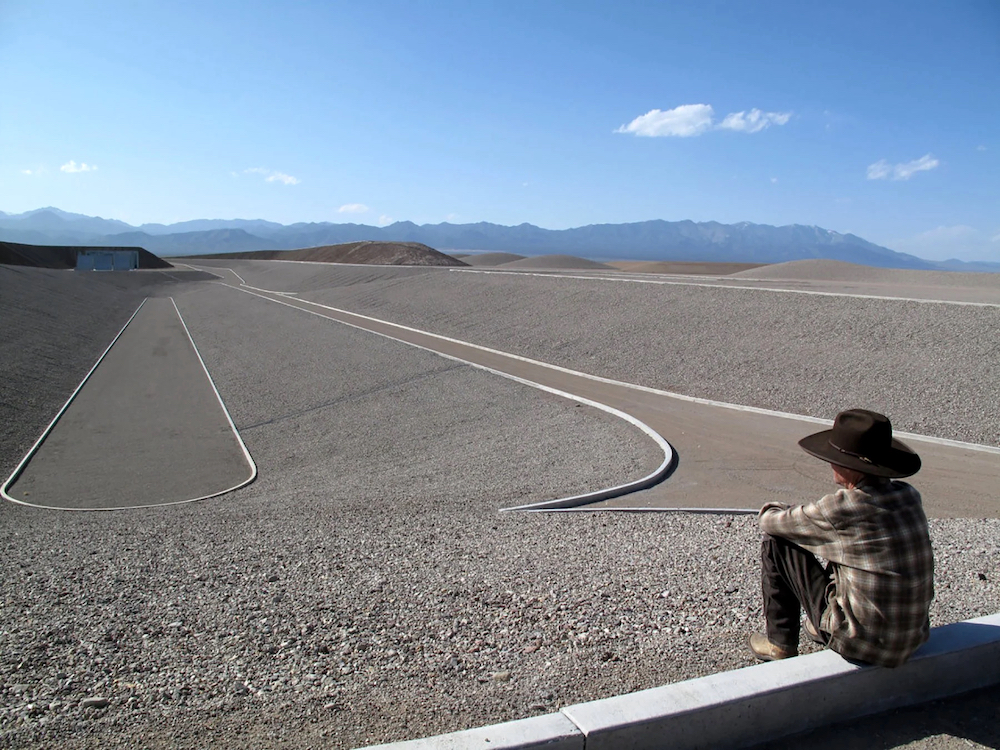
Heizer has designed City for awe and engineered it for the long term, sublime and permanent. It is vast, with more semblance to actual ancient cities than to other works of Land Art, a massive invented archaeology. The peerless artist seems concerned with the work itself more than its reception.
“I am not here to tell people what it all means. You can figure it out for yourself.” – Michael Heizer